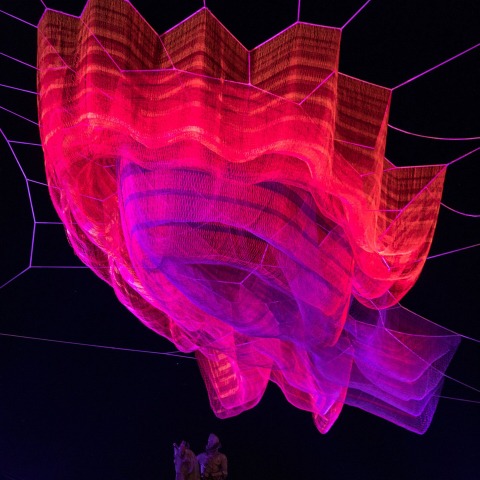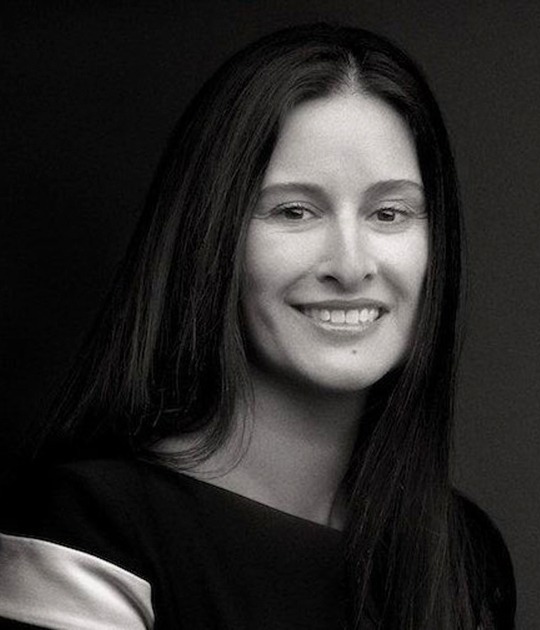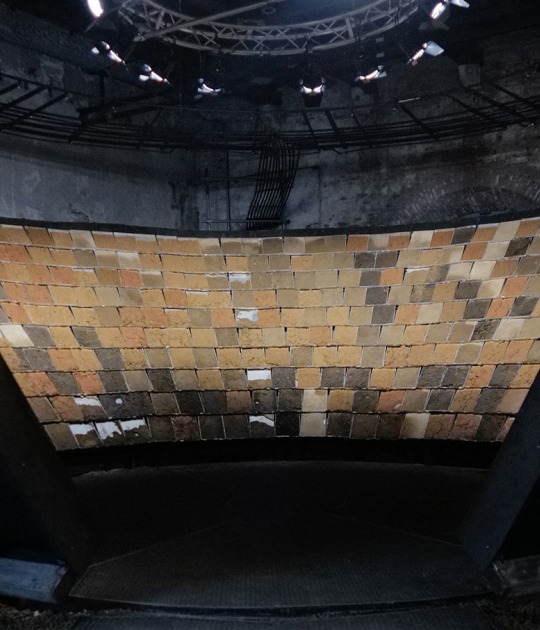1.78 Madrid, a new sculpture explores the cycles of time, and is formed by a mesh made up of layers of braided and knotted special fiber, 45 meters long by 35 wide and 21 high in combination with spectacular lighting.
The sculpture is the most recent addition to the series Echelman’s Earth Time Series begun in 2010 which has been a focal point in cities in Europe, Asia, Australia, and South and North America. The number “1.78” within the title refers to the number of microseconds that the day was shortened when a single physical event shifted the earth’s mass, thus speeding up the planet’s rotation of one day. This work examines the complex interaction of the many systems of our physical world with one another.
Initially created in white and red, the installation in the Plaza Mayor in Madrid is the premiere of this new full-color version of the sculpture "1.78".
Description of project by Janet Echelman
The City of Madrid will celebrate the 400th anniversary of the Plaza Mayor with an original sculpture installation by American artist Janet Echelman from February 9-19, 2018.
Madrid will premiere Echelman’s 1.78 Madrid, a new sculpture explores the cycles of time. It is the newest addition to Echelman’s Earth Time Series begun in 2010 which has been a focal point in cities in Europe, Asia, Australia, and South and North America. The number “1.78” within the title refers to the number of microseconds that the day was shortened when a single physical event shifted the earth’s mass, thus speeding up the planet’s rotation of one day. This work examines the complex interaction of the many systems of our physical world with one another.
Echelman’s goal as an artist with this work is to remind us of the many cycles of time at various scales, ranging from a single day to the 4 centuries that people have gathered in the Plaza Mayor. “In the last four hundred years people have gathered at Plaza Mayor to witness bull-fights and Spanish Inquisition burnings,” said Echelman, “Today we gather together with art that explores our concept of time, to discuss ideas. This is a hopeful trajectory for humanity.”
The artwork reminds us of our complex interconnectedness with larger cycles of time and the systems of our physical world. The sculpture’s materials embody this. When any one element in the sculpture’s network moves, every other element is affected. Our surroundings affect how we feel and how we experience our lives - we are responsible for the way our cities look and function. These netted works bring softness to the scale of the city. They are soft counterpoints to the hard edges of buildings, offering proof that we can interrogate the status quo - that the assumption that cities must be formed from hard materials and straight edges can be changed.
“I feel a need to find moments of contemplation in the midst of daily city life,” Echelman said. “If my art can create an opportunity to contemplate the larger cycles of time and remind us to listen to our inner selves, I believe this can be the start of transformation.”
The monumental floating form of 1.78 is composed of layers of highly engineered fiber that is 15 times stronger than steel by weight. The fiber is extruded in vibrant hues, then braided, knotted, and spliced together to create a volumetric form that is choreographed by changing wind and weather. At night, the sculpture comes to life with projected colored light. Lightweight and flexible, the sculpture is designed to travel to cities around the world as a physical manifestation of interconnectedness.
The Madrid site is uniquely special for Echelman. It is the city where she created her very first sculpture integrated with architecture. Installed in 2001 in the courtyard of IFEMA for the art fair ARCO, Echelman’s original site-based sculpture Target Swooping Down… Bullseye! laced into the building’s roofdeck railing.
The work was created by hand-tying 1.6 million knots to precisely fit the architectural space and its design. Echelman chose to make an artistic dialogue between Jasper Johns’ Target paintings and the round courtyard evocative of bull-fighting rings, referencing the fact that the red center of a target is referred to in English as the “bull’s eye.” In this context, the return of Echelman’s artwork to Madrid now to celebrate the Plaza Mayor takes on special significance for the artist as well as for the city.





































